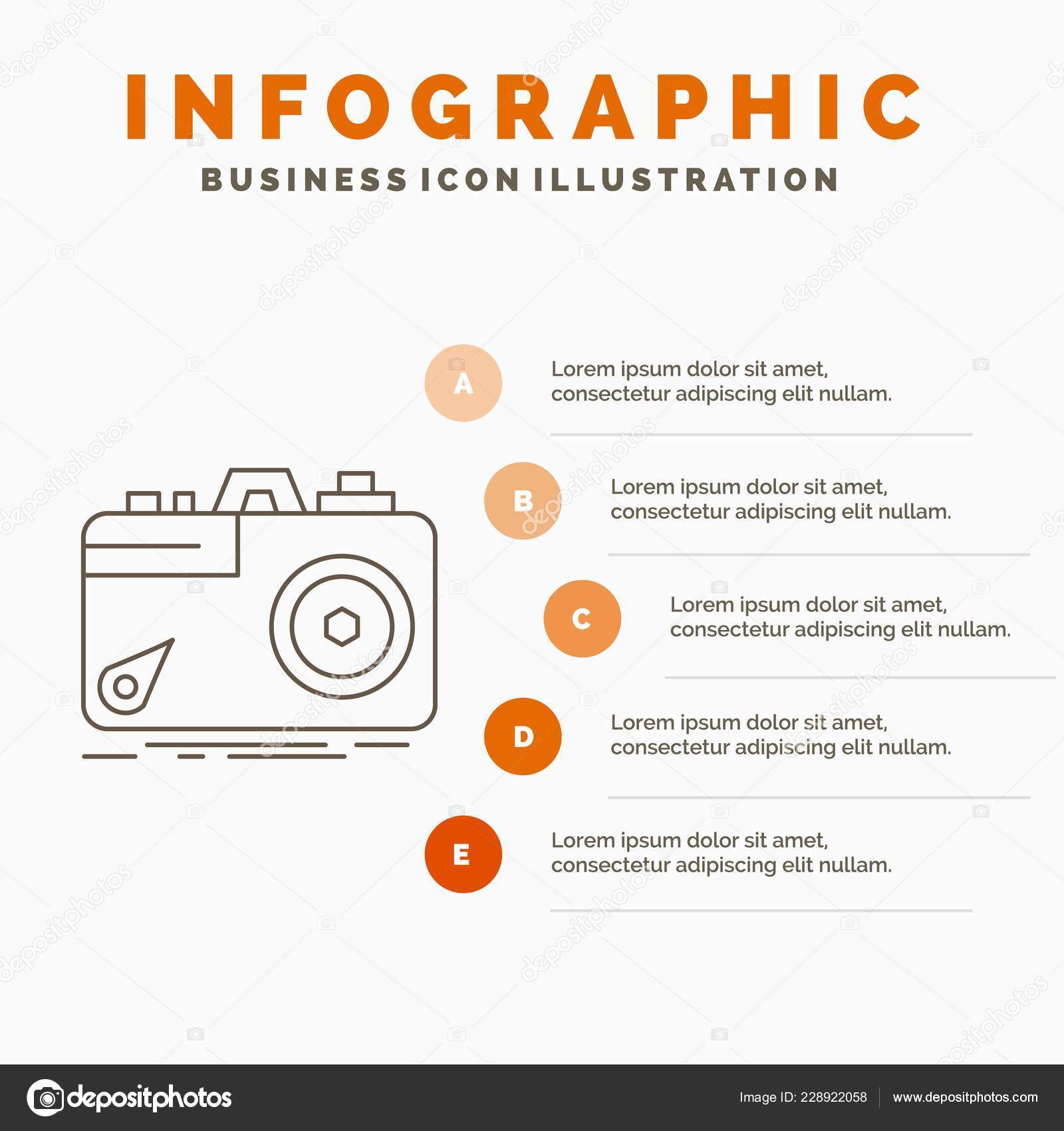What Every Professional Photographer Must Find Out About Illumination
What Every Professional Photographer Must Find Out About Illumination
Blog Article
Web Content Created By-Gillespie Polat
As a professional photographer, you know that lights can make or break your pictures. Comprehending Linkedin Photos of both all-natural and synthetic light is necessary for catching the state of mind and clarity you aim for in your job. Whether you're chasing after the perfect golden hour glow or adjust your man-made setups, grasping these aspects can elevate your photography significantly. However there prevail mistakes that several neglect, and acknowledging them can transform your method to every shoot. Let's discover what you could be missing and exactly how it can impact your outcomes.
Comprehending Natural Light
Recognizing natural light is important for any kind of photographer aiming to enhance their work. It's the structure of terrific digital photography, influencing state of mind, tone, and clarity. When you shoot outdoors, take note of the time of day. The golden hour-- soon after sunup and before sundown-- supplies soft, cozy light that can transform ordinary scenes right into sensational photos.
Don't undervalue the power of overcast days. Cloud cover diffuses sunlight, creating a soft, also light that's best for pictures and macro photography. You'll discover colors appear this kind of lighting without harsh darkness.
Positioning issues, too. Always consider your topic's alignment to the light source. If the sun's behind your subject, you may end up with a silhouette, which can be dramatic however mightn't be what you want. Alternatively, direct sunshine can develop unflattering shadows.
Try out angles; in some cases, altering your point of view can produce outstanding results. Use natural reflectors, like water or sand, to bounce light onto your subject, including dimension.
Learning Artificial Light
Grasping fabricated light is vital for photographers who wish to take their skills to the following level. Whether you're making use of speedlights, studio strobes, or continuous lights, understanding exactly how to control these sources can considerably boost your photos.
Beginning by acquainting yourself with the basics of light top quality, direction, and shade temperature. Trying out various modifiers like softboxes, umbrellas, or grids to manage the gentleness or harshness of the light.
You'll discover that soft light often develops lovely outcomes, while harsher light can add drama and depth. Do not avoid darkness; they can boost the three-dimensionality of your subjects.
Pay close attention to the placement of your lights. A light located as well close to your subject can produce unflattering results, while also far away can result in an absence of information. Utilize a light meter or your cam's histogram to ensure you're subjecting appropriately.
Finally, keep in mind that fabricated light can be blended with ambient light for imaginative effects. Stabilizing these sources could take technique, but once you understand it, your photography will really beam.
Techniques for Different Scenarios
When you enter various shooting scenarios, adjusting your illumination techniques is essential for capturing the most effective photos. For exterior pictures, utilize the gold hour-- morning or late afternoon light-- to soften shadows and enhance complexion.
If it's a harsh midday sun, take into consideration making use of a reflector to bounce light back onto your topic or look for shaded locations for an extra even exposure.
In low-light situations, like interior events, increase your ISO and utilize a wide aperture to allow in even more light. A tripod can assist remove electronic camera shake, allowing for longer direct exposures without blurring.
If you're contending night, explore off-camera flash to produce vibrant illumination and depth in your photos.
For just click the following internet page , utilize diffused lights to stay clear of rough representations. Softboxes or light camping tents can aid accomplish this impact.
When photographing landscapes, consider the instructions of light and time of day, as it can considerably change the state of mind of your shot.
Constantly prepare to change your settings and positioning based upon the circumstance, as flexibility is key to grasping illumination in photography.
Conclusion
To conclude, grasping illumination is crucial to boosting your digital photography abilities. Embrace all-natural light's appeal throughout gold hour, and don't shy away from explore man-made light techniques. By adapting your method to various situations, you'll capture sensational photos that reverberate with emotion and quality. Keep in mind, the ideal lights can change an average shot into something remarkable, so keep exercising and refining your understanding of both natural and synthetic light. Satisfied shooting!
